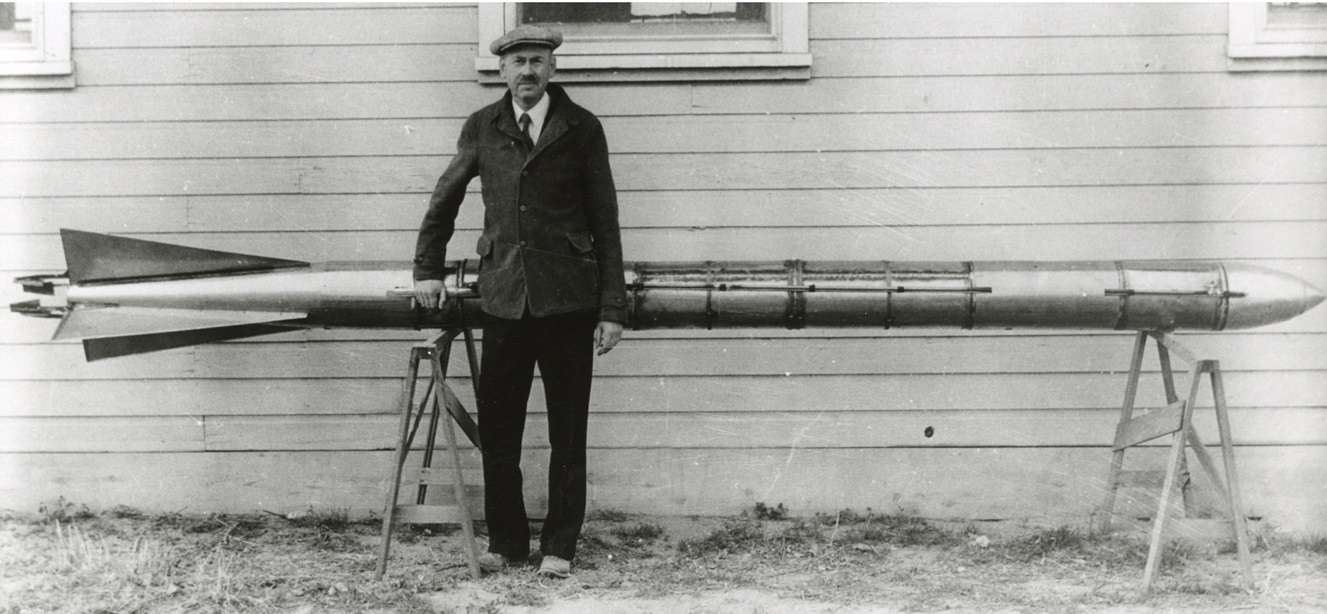June 10, 2025 GRAA Luncheon
American Legion Post #136
6900 Greenbelt Road
Greenbelt, MD 20771
The speaker for the June 10 2025 Goddard Retirees & Alumni Association (GRAA) luncheon will be Dr. John Degnan. Dr. Degnan is a distinguished physicist renowned for his expertise in laser theory and instrument design. Over a six-decade career, he dedicated almost 40 years to NASA's Goddard Space Flight Center (GSFC), accumulating extensive technical knowledge and supervisory experience. Notably, Dr. Degnan's doctoral research led to the development of the first successful mode locked laser oscillator/regenerative amplifier, which generated ultrashort laser pulses to transfer time between ground-based and airborne atomic clocks and verify Einstein's predictions on the effects of gravity and velocity on clocks. A duplicate device was later adopted by Lawrence Livermore Laboratory as the initial light source for their laser fusion experiments. While at NASA, Dr. Degnan published widely cited theories on optical antenna gain, waveguide gas lasers, actively and passively Q-switched lasers and, most notably, compact millimeter accuracy satellite laser ranging systems such as SLR2000. From 1989 to 1993, he taught a two-semester graduate course in quantum electronics as a Distinguished Adjunct Professor of Physics at The American University in Washington DC. In 1998, he co-founded the International Laser Ranging Service (ILRS) and served as the first governing board chairman until his 2002 retirement from NASA to assume the position of Chief Scientist at Sigma Space Corporation. At Sigma, he pioneered Single Photon Lidars (SPLs) for high data rate topographic and bathymetric measurements from aircraft or orbiting satellites. His SPL technique was adopted by NASA for their ATLAS lidar on the 2018 ICESat-2 mission and achieved 60,000 measurements per second compared to only 40 measurements per second on the predecessor ICESat-1 mission. While at Sigma, Dr. Degnan also developed the concept of Asynchronous Laser Transponders to extend laser ranging, time transfer and wideband communications throughout the solar system and participated in successful NASA experiments to spacecraft enroute to Mercury and in Mars orbit. He has also served as “laser expert” on NASA and other space agency review panels for Deep Space missions such as OSIRIS-REx, which recently returned surface samples from the asteroid Bennu to Earth.
Dr. Degnan has authored over 260 technical publications and is a Fellow of the Optical Society of America (now Optica) and the International Association for Geodesy. He is also a Senior Life Member of the IEEE and a member of the Sigma Pi Sigma Physics and Drexel 100 Honor Societies. His impact on the scientific community is further underscored by a multitude of awards, including the NASA Space Act Award, the NASA GSFC Annual Moe I. Schneebaum Award, the ILRS SLR Pioneer Award, the Tsiolkovsky Medal from the Russian Space Agency and the Drexel Alumni Circle of Distinction Award as well as recognition in the Marple Newtown School District Hall of Fame. A perennial presence in Marquis Who's Who publications, Dr. Degnan's remarkable achievements culminated in the prestigious Marquis Who's Who Lifetime Achievement Award in 2020.

